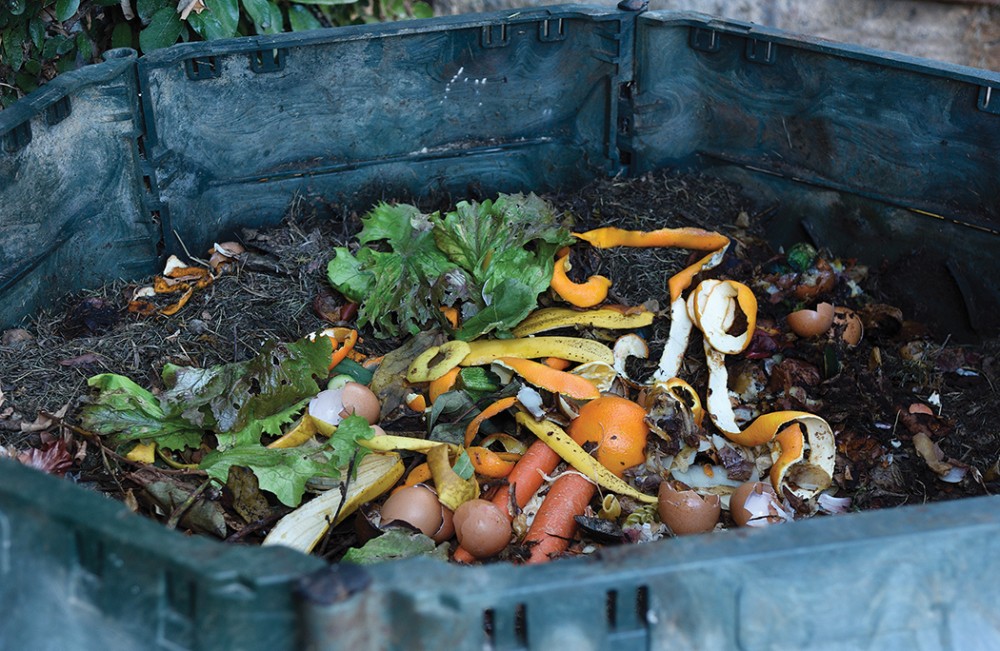Growing a garden church from food scraps and compost
We turned an empty lot in L.A. into an edible sanctuary.

When I moved to Los Angeles in 2014 to start a church that connected people with food, the earth, each other, and God, I envisioned a sanctuary created around the table. It would not be built out of stones and stained glass and wood but would be circled by vegetable beds and fruit trees, with sky for ceiling and earth for floor. The vision was to create an urban farm and outdoor sanctuary feeding people in body, mind, and spirit.
In the early months, the Garden Church wandered from public park to downtown street corner. We walked the neighborhood and listened to our neighbors, finding out which grocery stores had fresh vegetables and noticing the homeless encampments, the schools, the clinics, and the empty lots.
Before we had a plot of land to cultivate together, we asked our team: What do we have? What are the resources that are already here and how can we use them to nurture this dream?





